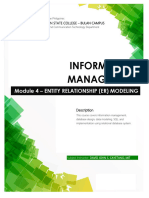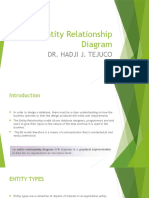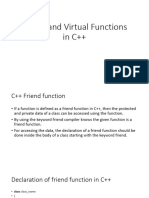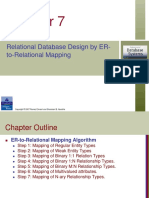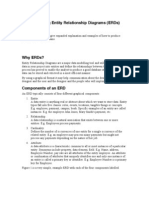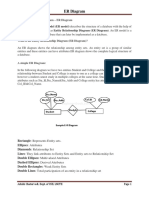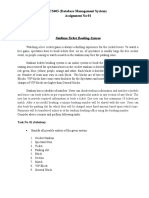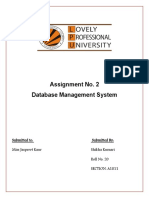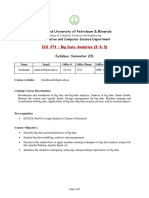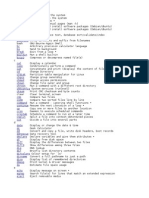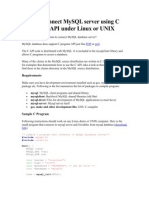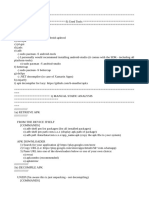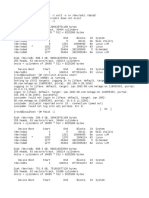0% found this document useful (0 votes)
639 views36 pagesLogical Database Design
This document contains lecture notes on logical database design and mapping an entity relationship diagram to a relational schema. It discusses mapping regular entities, weak entities, binary relationships, and maintaining integrity constraints. The key points are:
- Entities and attributes from an ERD are mapped to tables and columns in a relational database
- Weak entities become separate tables with a composite primary key
- One-to-many relationships use foreign keys, many-to-many become join tables
- Primary keys, foreign keys and constraints preserve relationships and referential integrity
Uploaded by
Nida TocyoCopyright
© © All Rights Reserved
We take content rights seriously. If you suspect this is your content, claim it here.
Available Formats
Download as PDF, TXT or read online on Scribd
0% found this document useful (0 votes)
639 views36 pagesLogical Database Design
This document contains lecture notes on logical database design and mapping an entity relationship diagram to a relational schema. It discusses mapping regular entities, weak entities, binary relationships, and maintaining integrity constraints. The key points are:
- Entities and attributes from an ERD are mapped to tables and columns in a relational database
- Weak entities become separate tables with a composite primary key
- One-to-many relationships use foreign keys, many-to-many become join tables
- Primary keys, foreign keys and constraints preserve relationships and referential integrity
Uploaded by
Nida TocyoCopyright
© © All Rights Reserved
We take content rights seriously. If you suspect this is your content, claim it here.
Available Formats
Download as PDF, TXT or read online on Scribd
/ 36

